There’s something magical about descending those creaky wooden steps into a family basement, where the air hangs heavy with memories and forgotten treasures. Each dusty box, each carefully preserved heirloom, each abandoned hobby project tells a chapter of your family’s journey through time. As we rifle through these relics, we’re not just touching objects—we’re touching moments that shaped who we are today.
1. The Record Collection

Those cardboard sleeves, worn at the edges and bearing the circular impressions of the vinyl treasures within, chronicle the soundtrack of an entire lifetime. Elvis gave way to The Beatles, who surrendered to Fleetwood Mac, who stepped aside for Madonna—each transition marking not just changing tastes but evolving identities. The handwritten notes on some covers (“Played this at Sarah’s graduation party!”) transform mere objects into time machines that transport you to specific moments. Stage Music Center is happy to report that records are enjoying a general comeback, which suggests an emergence from basements everywhere.
Your parents’ first dance at their wedding might be preserved in those grooves, alongside the songs that consoled broken hearts and celebrated triumphs. Some albums remain pristine in their sleeves, while others show the loving wear of repeated plays, their scratches and pops now part of the music itself. These weren’t just records—they were companions through late nights, road trips, and backyard barbecues when friends gathered under summer stars.
2. Photo Albums with Fading Polaroids
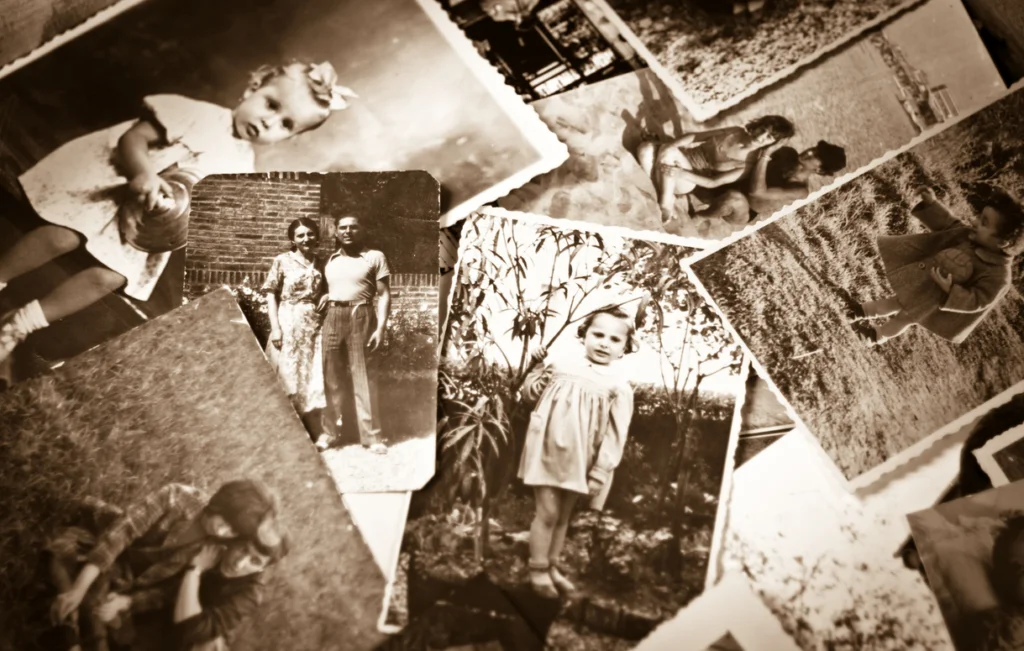
Those heavy books with adhesive pages and plastic covers contain more than just snapshots—they’re carefully curated visual narratives of birthdays, vacations, and ordinary Tuesdays that somehow became extraordinary. The colors shift from the sepia tones of grandparents’ youth to the oversaturated hues of 1970s film, each technological evolution marking the passage of decades. Handwritten captions beneath the images provide context that would otherwise be lost to time: “Dad’s first day at the factory, 1962” or “Summer at Lake Michigan before Tommy was born.” The Hearing Review runs through an analysis of whether Polaroids are due for a comeback today.
Flipping through these pages reveals changing fashions, expanding families, and the subtle shifts in posture and expression as youthful confidence gives way to middle-aged wisdom. Some photos make you laugh out loud—those unfortunate haircuts, those questionable fashion choices—while others might bring an unexpected lump to your throat. The most precious albums often bear coffee stains and thumbprints, evidence of the many hands that have traveled these paper roads back to cherished memories.
3. A Box of Letters Tied with Ribbon
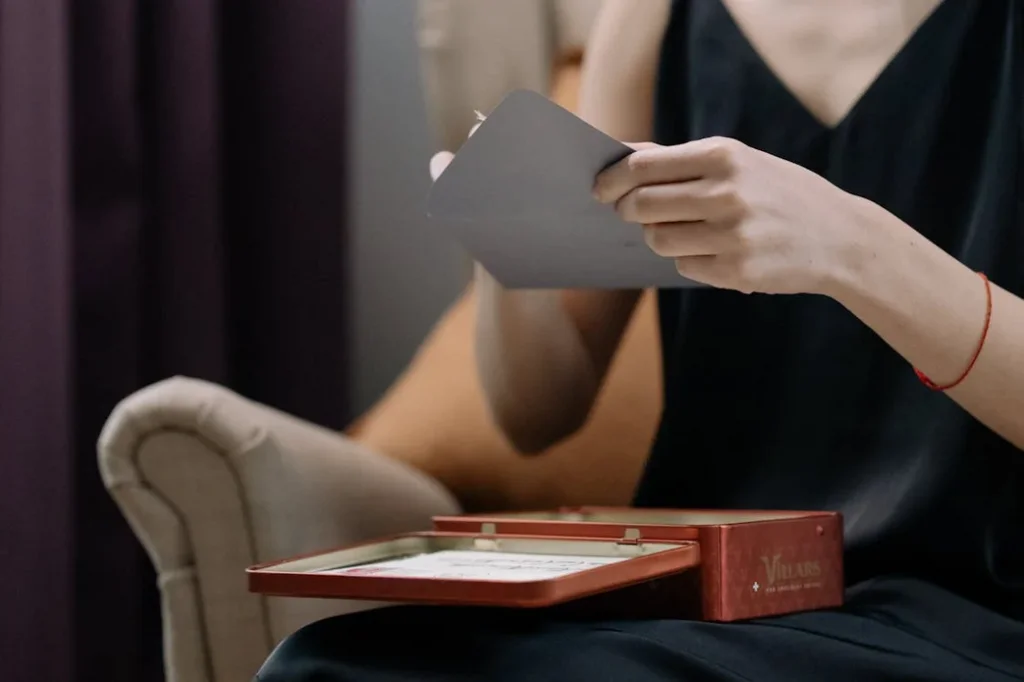
Long before text messages and emails, people poured their hearts onto paper, creating tangible records of love, friendship, and family bonds across distances. The handwriting itself tells a story—from the careful penmanship of youth to the increasingly shaky script of advancing years, each envelope a time capsule sealed with hope and opened with anticipation. War letters from overseas, postcards from first adventures away from home, and birthday cards containing pressed flowers speak of connections maintained despite physical separation. Verywell Mind notes the many benefits to writing letters that remain worthwhile and relevant to this day.
Reading these letters decades later reveals the small daily concerns that once seemed so important and the major life decisions discussed with trusted confidants. The fading ink and yellowing paper bear witness to courtships conducted through careful words, family news shared across states, and the mundane beautiful details of lives unfolding in parallel. Some letters remain sealed, their contents still private after all these years—a reminder that even in an age of oversharing, some communications remain sacred between sender and recipient.
4. High School Yearbooks

Those bound volumes with their embossed covers serve as anthropological studies of extinct teenage tribes, complete with their unique fashions, slang, and preoccupations. The signatures and messages (“Stay cool, never change!”) reflect both the heartfelt connections and the shallow platitudes of adolescence, preserved in blue and black ink for posterity. Each photo—from the carefully posed individual portraits to the candid activity shots—captures young people on the cusp of becoming themselves, unaware of how these formative years would shape their future selves.
The clubs, sports teams, and student government pages document early leadership roles, creative pursuits, and athletic achievements that sometimes predicted future careers. Hair that defied gravity, eyeglasses that consumed half the face, and clothing that screamed its decade combine with earnest expressions to create time capsules of particular American moments. The teachers too are frozen in time, their dated hairstyles and serious expressions belying the profound influence many had on developing minds and hearts.
5. A Collection of Well-Worn Cookbooks
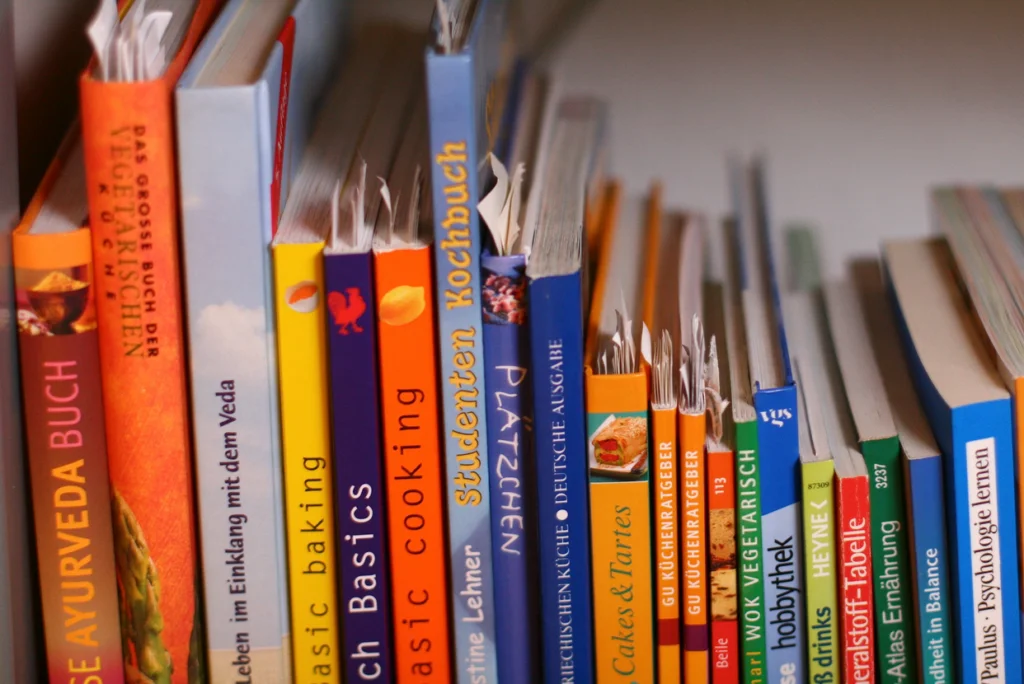
The splattered pages and broken spines of these kitchen companions tell stories of holiday gatherings, everyday meals, and recipes passed down through generations. Handwritten notes in margins (“Reduce sugar by 1/4 cup” or “Dad’s favorite for birthdays”) transform printed instructions into family heirlooms infused with personal history and taste. The evolution from Julia Child’s complex techniques to quick weeknight meals tracks alongside changing work patterns, family structures, and the rhythmic seasons of life.
Tucked between pages you might find recipe cards in grandmother’s handwriting, newspaper clippings of long-forgotten food trends, or the first attempts at international cuisines that seemed exotic at the time. Some cookbooks fall open automatically to the most-used recipes, their pages bearing stains that mark family favorites prepared dozens, perhaps hundreds of times over decades. These aren’t just instructions for combining ingredients—they’re blueprints for how we’ve nourished our loved ones through good times and difficult ones alike.
6. Children’s Artwork, Carefully Preserved
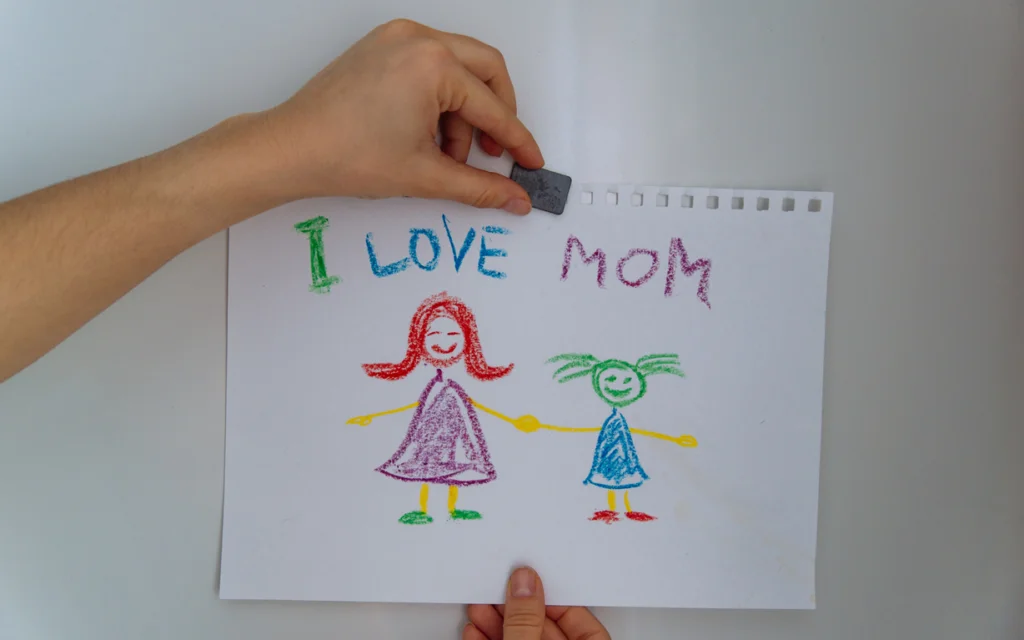
Those finger paintings, macaroni collages, and awkwardly proportioned family portraits represent more than just creative expression—they’re developmental milestones preserved by proud parents. The progression from abstract scribbles to recognizable figures charts not just artistic growth but cognitive and emotional development unfolding year by year. Each piece bears a date, sometimes a teacher’s encouraging comment, transforming simple paper and paint into documented evidence of a child becoming themselves.
Looking at this artwork years later evokes the smell of classroom paste and the feel of chunky crayons in small hands just learning to control them. The subjects reveal what mattered in a child’s world—family members with enormous smiling faces, pets given equal importance to humans, and houses typically drawn with chimneys whether they actually had one or not. These precious creations, saved from the daily deluge of school papers, remind us how children see the world before adult perspectives narrow their vision.
7. Tools That Built a Life
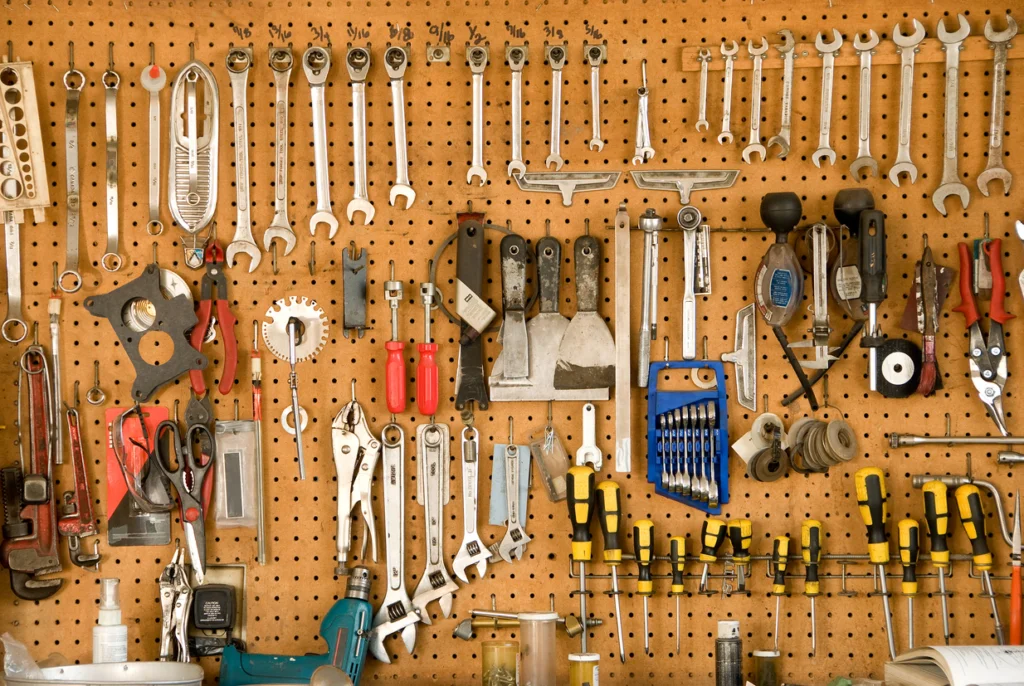
That pegboard with its carefully outlined tool shapes tells the story of a practical mind and capable hands that shaped environments rather than merely inhabiting them. The worn handles of hammers and screwdrivers bear the imprints of palms that used them to build bookshelves, repair leaking faucets, and fashion birthday gifts when money was tight. Some tools might be inherited from fathers or grandfathers, connecting generations through shared practical knowledge and the tangible satisfaction of making and mending.
Surrounding the tools might be evidence of projects completed and abandoned—half-used paint cans, spare cabinet hinges, and carefully coiled extension cords ready for the next undertaking. The workshop space itself, with its sawdust-covered surfaces and smell of WD-40, represents a sanctuary where problems had solutions and challenges could be met with the right combination of patience and ingenuity. These tools don’t just fix things—they build confidence, independence, and the deeply satisfying knowledge that one’s environment can be shaped by one’s own hands.
8. Holiday Decorations in Battered Boxes
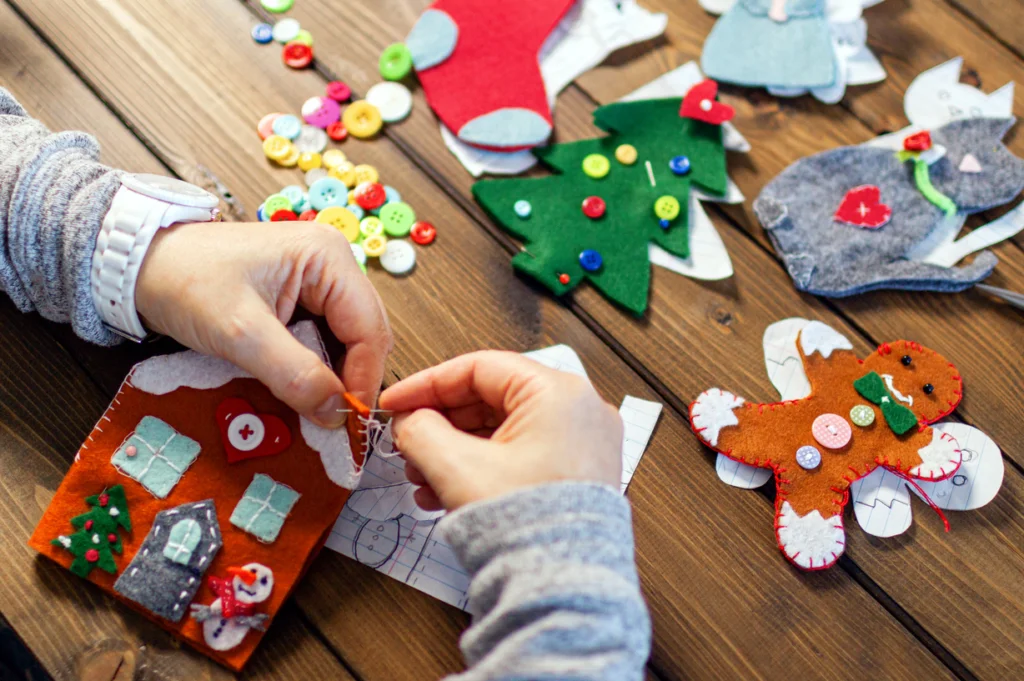
Those cardboard containers, reinforced with yellowing packing tape and labeled in fading marker, contain more than just seasonal ornaments—they hold annual rituals that marked the passage of time. Christmas ornaments carefully wrapped in tissue paper, ceramic Easter bunnies, and Fourth of July bunting track how celebrations evolved from the exuberance of childhood to the more measured observances of adult years. Hand-made decorations—popsicle stick reindeer with googly eyes, salt dough ornaments with tiny handprints—document the growth of children who eventually became too old for such crafts.
Opening these boxes each year became a ceremony itself, with certain pieces inspiring stories told and retold: “This angel came from your great-grandmother’s tree” or “We bought this on our honeymoon in Mexico.” The most precious decorations often show their age—chips in the paint, missing pieces, colors faded from years of display—yet their imperfections only enhance their value as tangible connections to holidays past. These aren’t just decorative objects but physical embodiments of tradition, linking generations through shared celebratory experiences that remained consistent even as families changed.
9. A Shoebox of Ticket Stubs
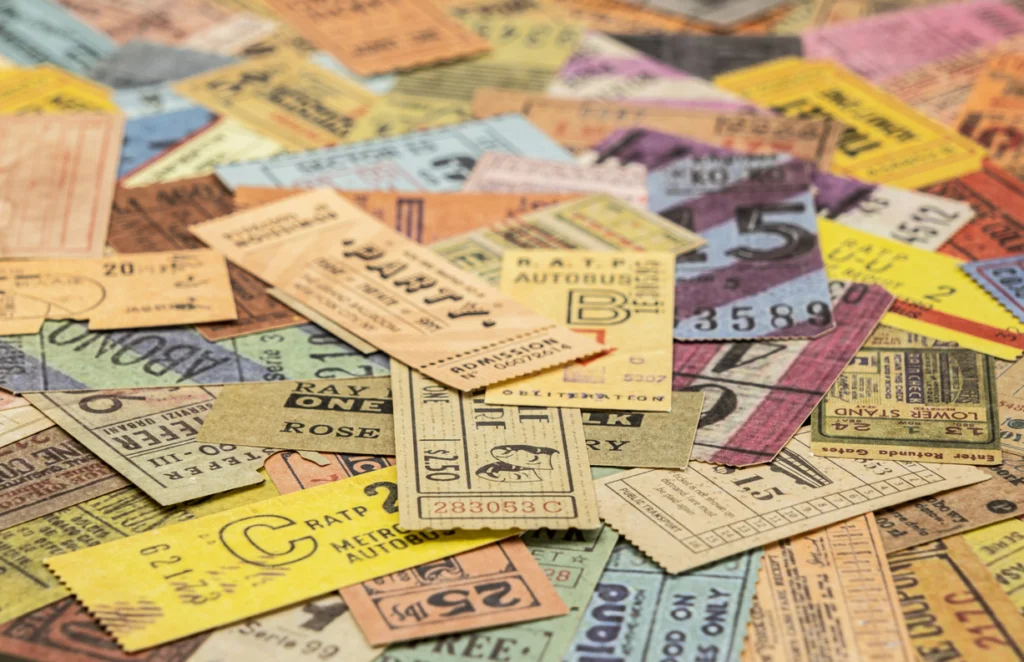
Those small rectangular pieces of paper represent more than just admission to events—they’re physical evidence of experiences that shaped tastes, expanded horizons, and created lasting memories. Concert tickets (Beatles, ’64), movie stubs (Star Wars on opening weekend), museum passes, and boarding cards form a collage of cultural touchpoints and personal adventures that defined different life chapters. Some tickets come paired—evidence of dates that led nowhere or early outings with the person who would become a spouse.
Faded ink and worn edges speak to tickets rescued from pants pockets before laundry day or discovered months later in coat linings. Arranged chronologically, they might reveal evolving interests—from Disney movies to foreign films, from rock concerts to symphony performances—as well as financial circumstances that determined which experiences were accessible at different life stages. These aren’t just scraps of paper but breadcrumbs marking the path through decades of entertainment, education, and the pursuit of joy in its many forms.
10. Military Memorabilia
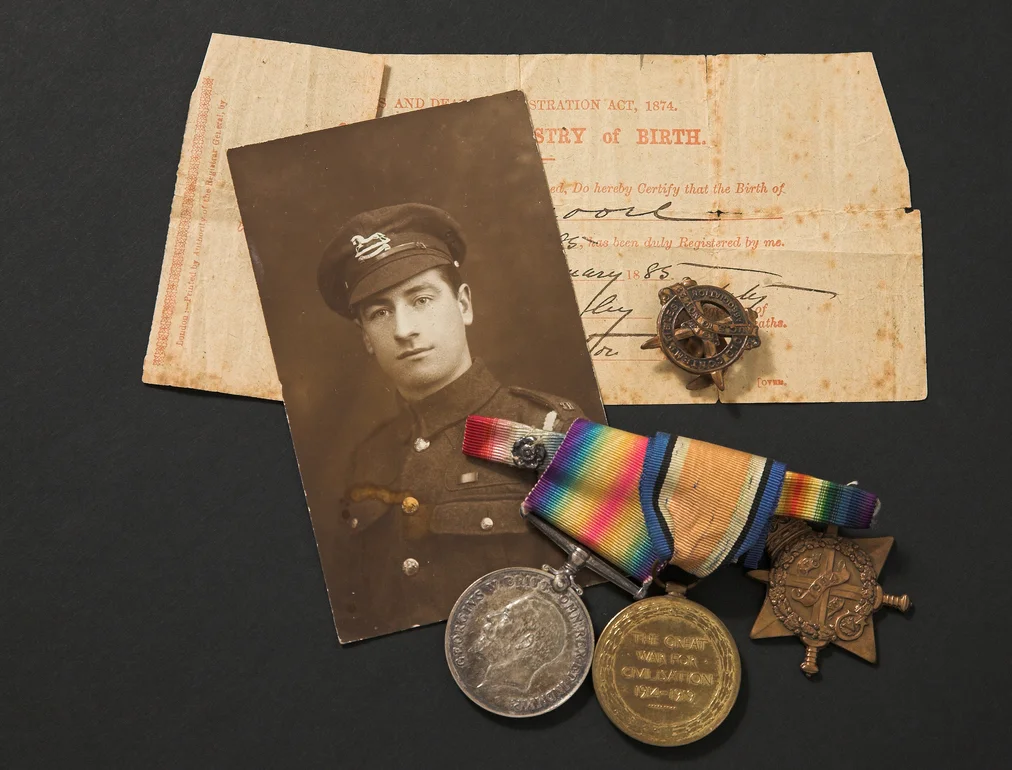
The carefully folded uniform, tarnished medals, and official documents speak of years given in service to country and the complex emotions that accompanied that sacrifice. Dog tags, worn close to the heart through months or years of service, bear the essential information of a person reduced to stamped metal—name, blood type, religious preference—a stark reminder of mortality faced daily. Letters sent home from boot camp or overseas deployments reveal the voice of youth confronting adult responsibilities and dangers far from the protected environments of childhood.
For some, these items represent proud chapters of personal growth and purpose; for others, they hold more complicated memories of hardship or loss. Black and white photographs show young faces under military caps, their expressions serious yet vulnerable, unaware of how these experiences would reshape their views of themselves and their nation. These artifacts tell not just individual stories but collective ones—of generations called to serve in different conflicts, of political and social forces that determined who would go and who would stay, and of the profound ways military service shaped the lives and families that followed.
11. Wedding Mementos
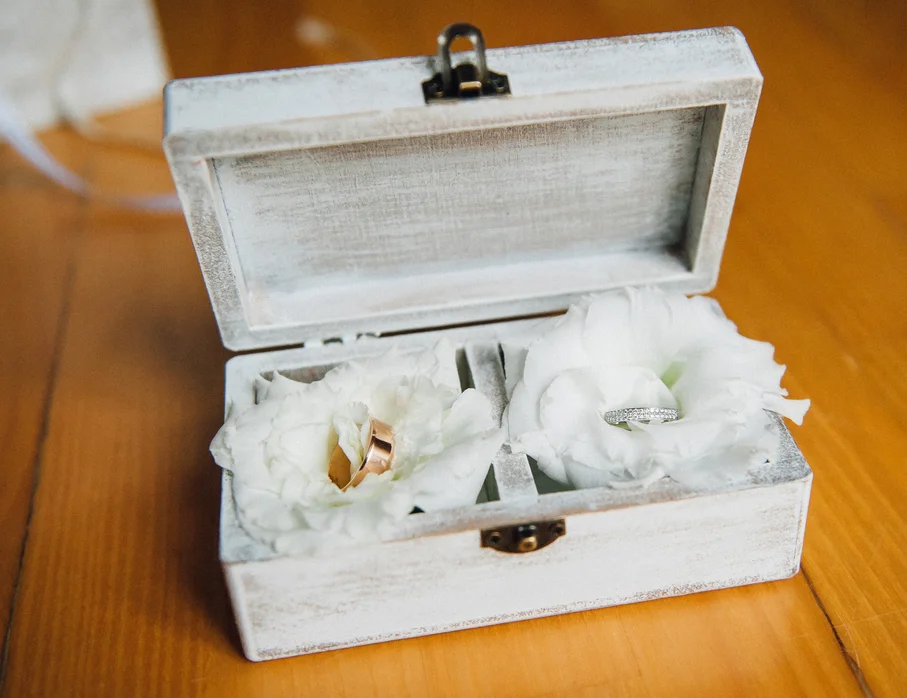
The preserved bouquet, yellowed invitation, and fabric swatch from a bridal gown mark the beginning of a partnership that would weather decades of joy and challenge. Guest books with signatures of those long gone, professional photographs capturing nervous smiles, and handwritten vows speak to the optimism of two people promising a future they could only imagine. Small details—a cake topper, matchbooks printed with names and dates, the original receipt for rings—preserve the atmosphere of a single day that set the course for thousands that followed.
For long marriages, these items gain poignancy as evidence of promises kept through circumstances never anticipated on that hopeful day. The marriage certificate with its formal language and official seal transforms a personal commitment into a legal bond, recognized by society as a fundamental relationship. These aren’t just sentimental keepsakes but historical documents marking the formation of a family unit that would influence the lives of children, grandchildren, and wider communities through its enduring strength or instructive fractures.
12. A Box of Career Memorabilia
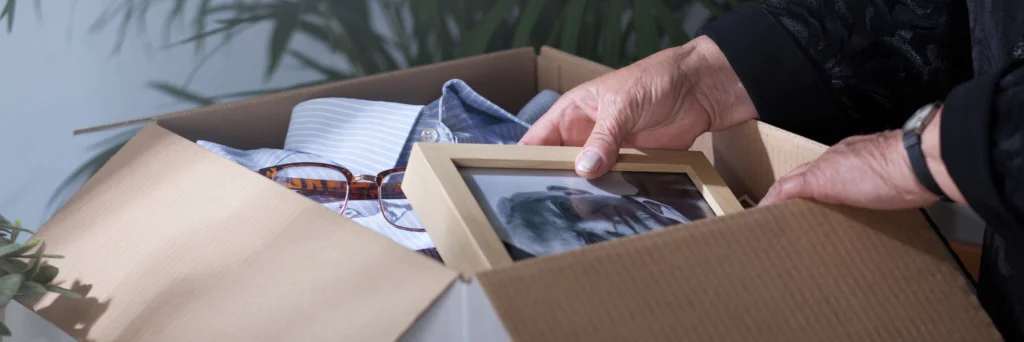
Those employee badges, award plaques, and retirement cards chronicle the professional identity that occupied so many waking hours and shaped how someone moved through the world. Business cards showing successive promotions, company newsletters featuring employee profiles, and photographs from office parties document not just occupational advancement but an evolving workplace culture. The tools of obsolete trades—slide rules, typewriter ribbon, dictation equipment—speak to professional skills rendered unnecessary by technological change.
For many of our parents’ generation, a single employer might claim twenty or thirty years of service, making these items particularly meaningful as evidence of dedication and belonging. Pay stubs and benefit booklets reveal changing economic circumstances, while letters of recommendation and performance reviews provide glimpses of how others perceived professional contributions and potential. These aren’t just career souvenirs but artifacts of purpose-driven years that provided not only financial support for families but personal fulfillment and social connection during the prime of life.
13. The “Someday” Projects
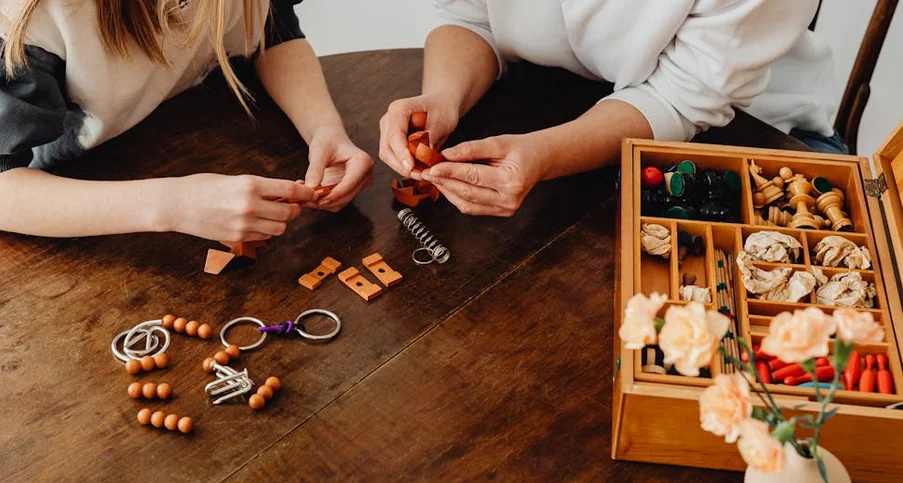
Those half-finished sweaters with knitting needles still attached, leather-working kits with tools never mastered, and language learning records still in shrink wrap represent the aspirational self that existed alongside the practical one. Abandoned home improvement plans, travel guides for trips never taken, and musical instruments that produced more frustration than melody speak to dreams deferred by practical concerns or discovered lack of aptitude. Yet these unrealized projects weren’t failures—they were expressions of curiosity, optimism, and the very human desire for continued growth and exploration.
Some “someday” items might have been taken up again in retirement, while others remained perpetually on the horizon, their possibility alone providing comfort. Unfinished novels in careful handwriting, genealogy research interrupted mid-branch, and partially completed furniture in workshop corners remind us that lives are always works in progress. These artifacts tell perhaps the most human story of all—our persistent hope that there will always be time to become more than we already are, to learn new skills, to create beautiful things, and to discover untapped potential waiting patiently within us.
The basements of America hold these collections not because we can’t let go, but because these objects still have stories to tell and wisdom to impart. When we descend those stairs and open those boxes, we’re not just indulging in nostalgia—we’re reconnecting with the complex, imperfect, beautiful lives that created us. The dust might make us sneeze, but it’s a small price to pay for touching the tangible remains of a life well-lived, with all its joy, heartbreak, ambition, and love carefully preserved beneath the floorboards of everyday existence.


